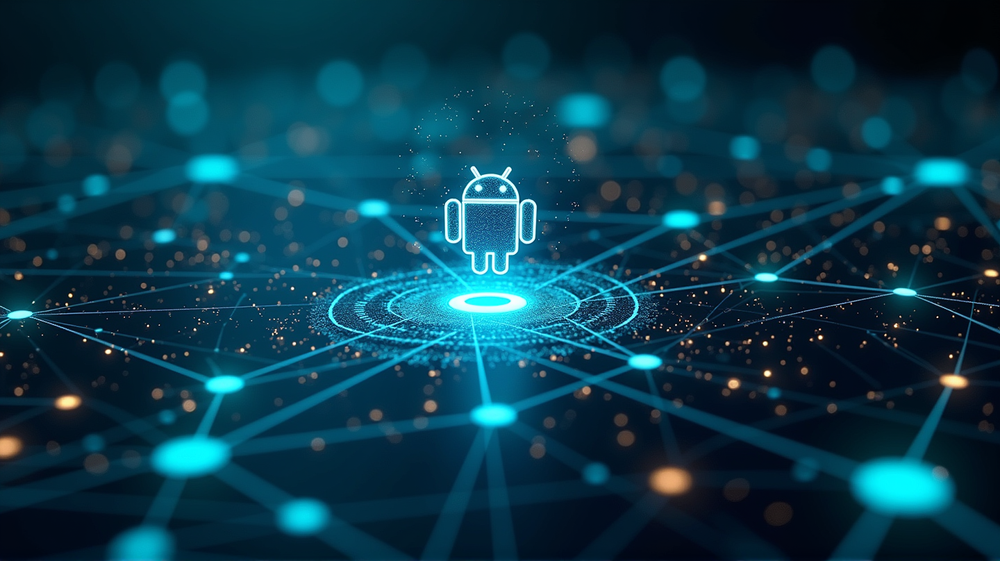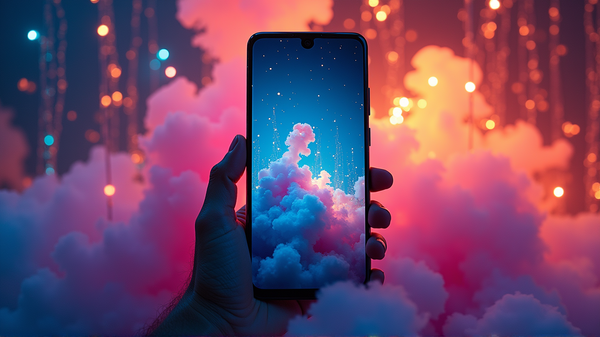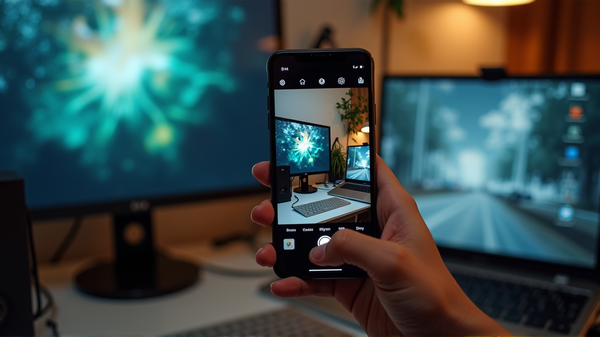Android's Find My Device Upgrades: Speed and UWB Support on the Horizon
When Google launched its Find My Device network for Android, the comparisons were swift and, often, not flattering. Apple and Samsung’s systems seemed to be miles ahead, leaving Google’s version as the slowpoke in a world that demands speed. However, that narrative is shifting as Google announces a significant leap in performance—an astonishing 4x increase in tracking speed. Does this mean Android users can finally hold their heads high?
A Leap Forward
This bolstered performance comes courtesy of diligent algorithmic enhancements, as reported by Google. By refining the frequency and breadth of Bluetooth scanning, they’ve managed to bridge the gap between the new and existing networks. These changes have enabled devices to communicate more swiftly, creating a coherent and responsive system. According to 9to5Google, Google’s internal tests show items being located four times quicker than they were at the start. This statistic echoes the noticeable improvements users have reported, creating a newfound sense of optimism within the Android community.
Privacy vs. Performance
Change hasn’t only been in speed. Google’s focus on privacy has led to transformations in the network’s default settings, encouraging more users to switch to more comprehensive tracking options. With in-app prompts educating users about these settings, there’s been a tangible shift. This shift has expanded the network’s operability from ‘high-traffic’ zones to ‘all areas,’ albeit it is still far from the standards set by some competitors.
UWB is Just Around the Corner
Amid the news of speed, whispers of Ultra-Wideband (UWB) support grow louder. Google’s tantalizing hint of “very soon” suggests that UWB’s precise tracking capabilities might be the game-changer Android users have awaited. With Google I/O looming, the tech community buzzes with anticipation, hoping for concrete announcements and perhaps, a release timeline. The Moto Tag remains the solitary device equipped with this intriguing technology, standing as a beacon of the potential the future holds.
Conclusion: Catching Up But Not Quite There
Despite these leaps and bounds, experts like those from The Verge argue that Google still doesn’t quite match up to the prowess of Apple’s Find My network. The primary bottleneck remains Google’s inclination towards privacy, a choice that ironically hampers functionality. Yet, this evolving narrative puts grin-inducing pressure on Apple, signaling to Android users that things are indeed moving in the right direction.
As Android’s Find My Device progresses, one can’t help but wonder what future updates hold. Will UWB propel it to new heights? The coming months, especially the upcoming Google I/O, could bring the answers we’ve all been waiting for.




